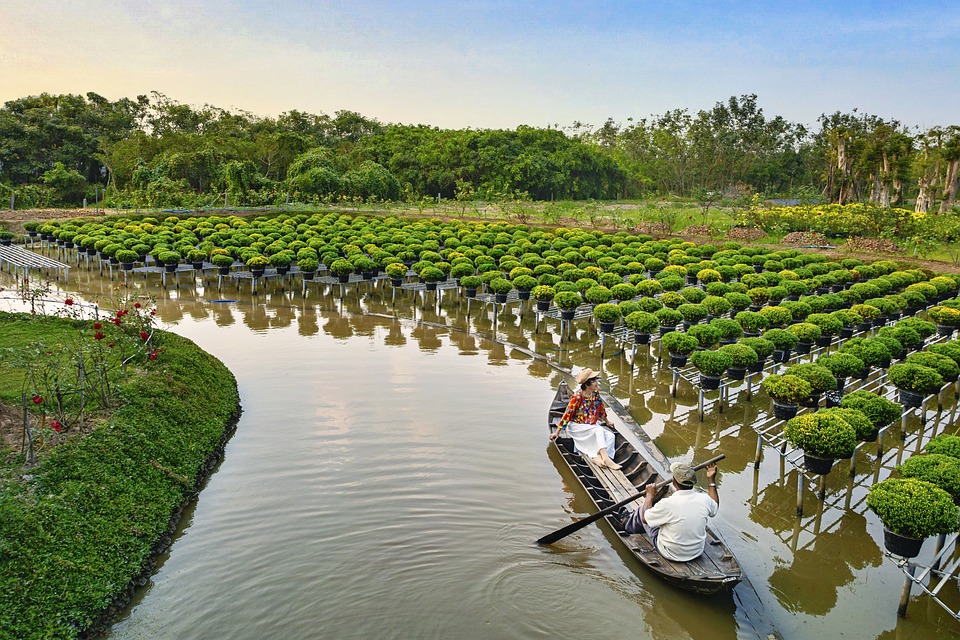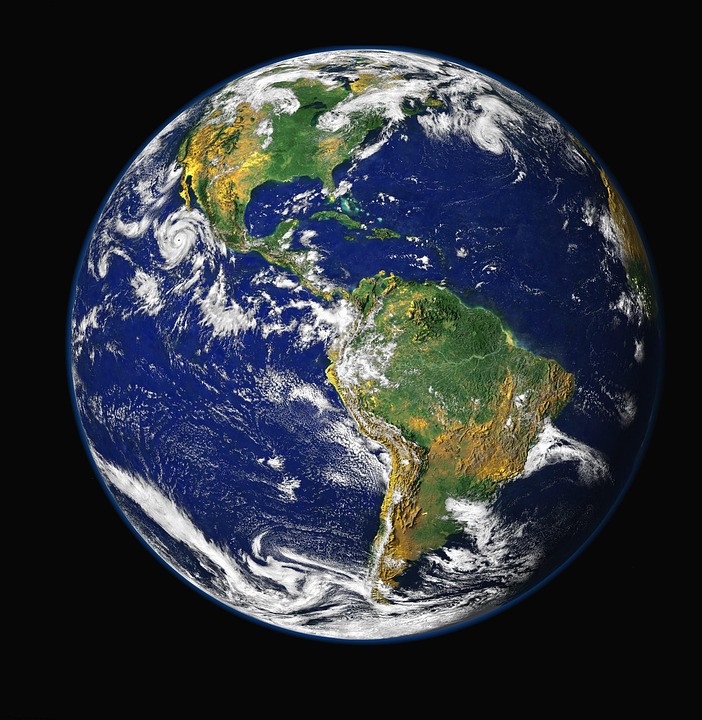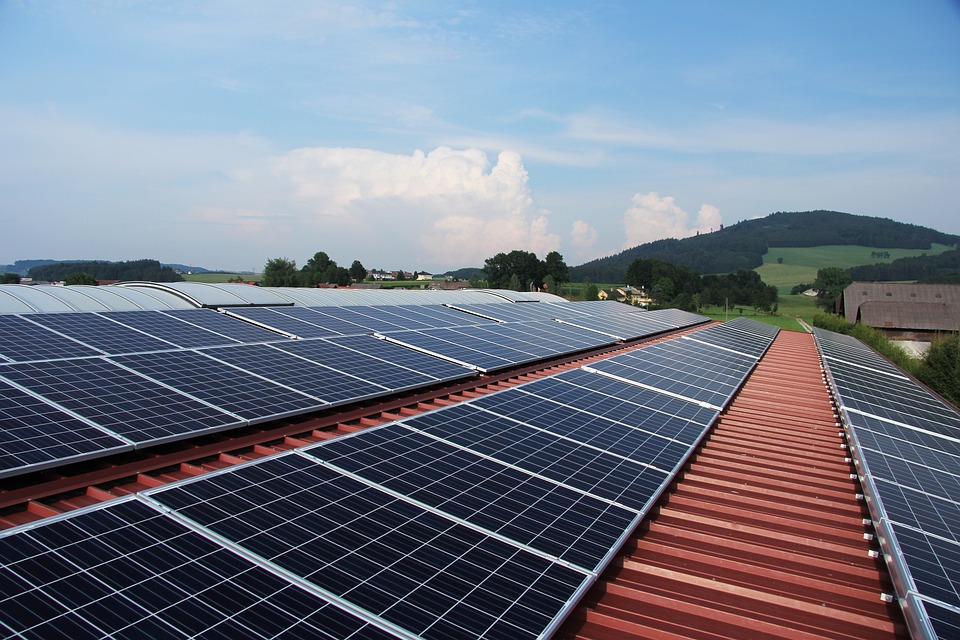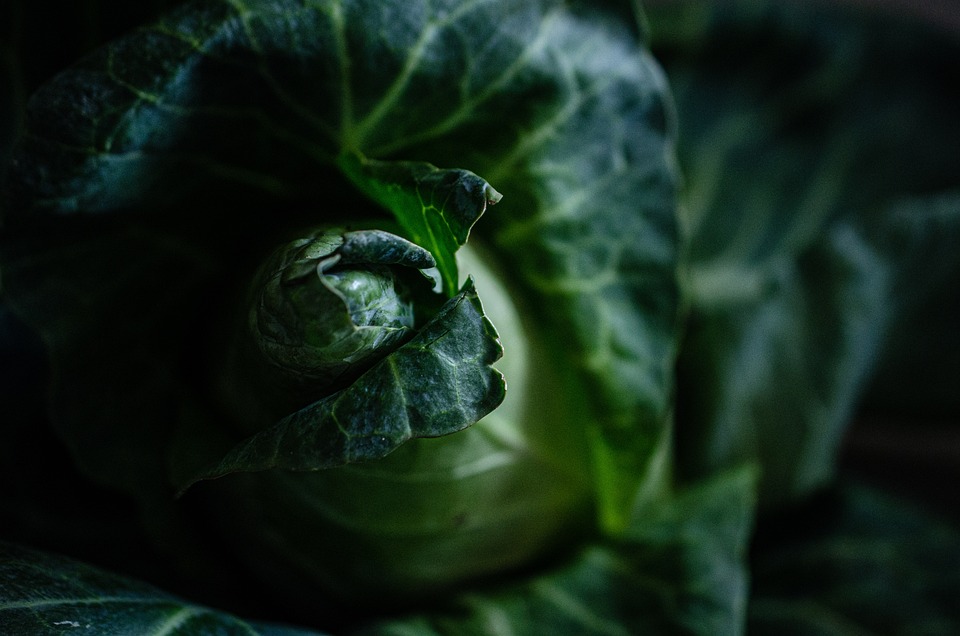Preserving Paradise: How These Sustainable Travel Destinations Are Leading the Way
Preserving Paradise: How These Sustainable Travel Destinations Are Leading the Way Picture this: crystal clear turquoise waters, lush green forests, vibrant coral reefs, and a gentle breeze carrying the scent of exotic flowers. This was the scene that unfolded before my eyes as I embarked on my journey to discover sustainable travel destinations around the world. From the moment I set foot on these pristine lands, I knew I had found my own personal paradise. Now, allow me to take you on a virtual adventure as we explore some of the remarkable sustainable travel destinations that are leading the way in protecting and preserving these havens of natural beauty. 1. Palau, Micronesia: Guardian of the Seas Located in Micronesia, Palau has earned a reputation as a pioneer in sustainable travel initiatives. With a deep-rooted commitment to preserving its spectacular marine ecosystem, this archipelago is a haven for snorkelers and divers alike. The world-renowned Jellyfish Lake, where visitors can swim alongside thousands of harmless jellyfish, showcases Palau’s dedication to protecting its unique wildlife. Restrictions on fishing, limiting the number of visitors, and implementing strict environmental regulations have made Palau a true guardian of the seas. Pro Tip: Don’t miss out on a snorkeling adventure at the Rock Islands. The breathtaking underwater world will leave you in awe. 2. Costa Rica: A Haven for Eco-Adventurers Nestled in Central America, Costa Rica is known for its exuberant biodiversity and commitment to sustainable tourism. More than 25% of the country’s territory is protected land, including numerous national parks and wildlife reserves. One notable example is Monteverde Cloud Forest Reserve, where visitors can stroll among mystic clouds while glimpsing resplendent quetzals and rare orchids. Community-involved tourism projects, such as sustainable coffee tours and volunteering opportunities, have also become a cornerstone of Costa Rica’s eco-friendly approach. Pro Tip: Embrace eco-adventure by zip-lining through the canopy of the Monteverde Cloud Forest to experience a bird’s-eye view of this stunning landscape. 3. Bhutan: A Kingdom of Happiness and Conservation Hidden amidst the Himalayan mountains, Bhutan’s commitment to sustainable development is as awe-inspiring as its majestic peaks. Rather than focusing on traditional economic measures, Bhutan prioritizes Gross National Happiness, a holistic approach aimed at achieving a sustainable and balanced society. This kingdom’s vast protected areas and strict regulations have allowed its endangered flora and fauna to thrive. Trekking enthusiasts can embark on journeys through the pristine landscapes of the Snowman Trek or explore the sacred Taktsang Monastery, also known as the “Tiger’s Nest.” Pro Tip: Connect with the local culture by participating in one of Bhutan’s vibrant religious festivals, such as the Paro Tshechu, while respecting the customs and traditions of this sacred land. 4. New Zealand: A Paradise for Adventure Seekers With its breathtaking landscapes and commitment to sustainability, New Zealand offers a veritable playground for adventure enthusiasts. This island nation has made significant strides in conserving its natural wonders, including its iconic fjords, geothermal springs, and ancient forests. The Department of Conservation works diligently to protect indigenous species, offering visitors a chance to encounter unique wildlife like the elusive kiwi bird. Blending exhilarating activities like bungee jumping, kayaking, and hiking with a strong eco-consciousness, New Zealand has truly forged a path as a sustainable travel destination. Pro Tip: Experience the awe-inspiring beauty of Milford Sound by taking a scenic cruise. Don’t forget your camera—the sights will leave you speechless. 5. Ljubljana, Slovenia: A Green Capital with a Big Heart While destinations like Palau and Bhutan may seem far-flung, sustainable travel is not limited to remote paradises. Ljubljana, the picturesque capital of Slovenia, is a shining example of how urban centers can embrace sustainable practices. This European gem prioritizes eco-friendly transportation, with pedestrian-only areas and an efficient bicycle-sharing system. Ljubljana also boasts numerous green spaces, including the sprawling Tivoli Park, which offers respite from city life. With a strong emphasis on recycling and renewable energy sources, this enchanting city is leading the way in urban sustainability. Pro Tip: Take a leisurely stroll along the iconic Triple Bridge, and discover the local market for a taste of regional delights such as Slovenian honey and traditional pastries. Preserving Paradise for Future Generations Each of these sustainable travel destinations is a testament to the fact that we can enjoy the wonders of the world while protecting them for generations to come. Whether it’s Palau’s commitment to marine conservation, Costa Rica’s dedication to protecting its rainforests, Bhutan’s pursuit of happiness and conservation, New Zealand’s efforts in safeguarding its unique landscapes, or Ljubljana’s strides towards urban sustainability, all these destinations inspire us to be responsible travelers. By adopting their environmentally friendly practices, such as respecting wildlife and local customs, recycling and reducing waste, supporting local communities, and choosing eco-conscious accommodations, we can take small steps toward preserving paradise. Let’s become stewards of these remarkable destinations, ensuring their beauty remains intact so that others can experience the same awe and wonder that we have been so fortunate to encounter. So, are you ready to embark on your sustainable travel journey? Pack your bags, leave a positive impact, and let these remarkable sustainable travel destinations guide you toward a greener future. Pro Tip: Remember, small actions can make a big difference. Consider offsetting your carbon footprint through sustainable travel initiatives or choosing eco-friendly transportation options like cycling or public transport whenever possible. Together, we can create a positive impact on the world around us.










